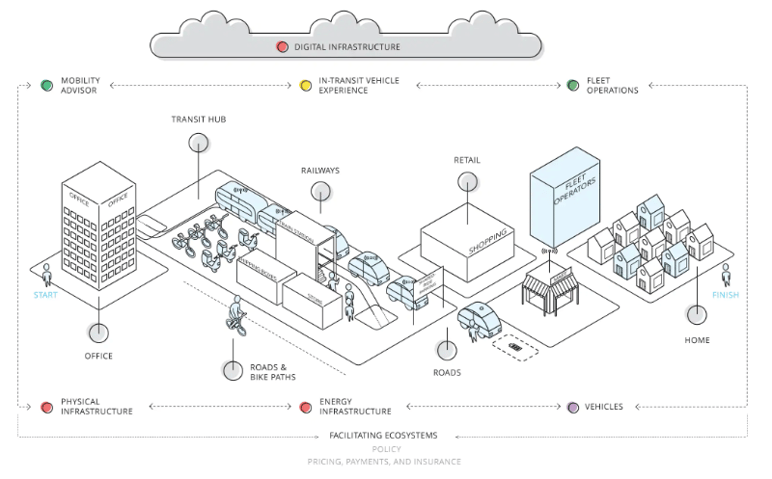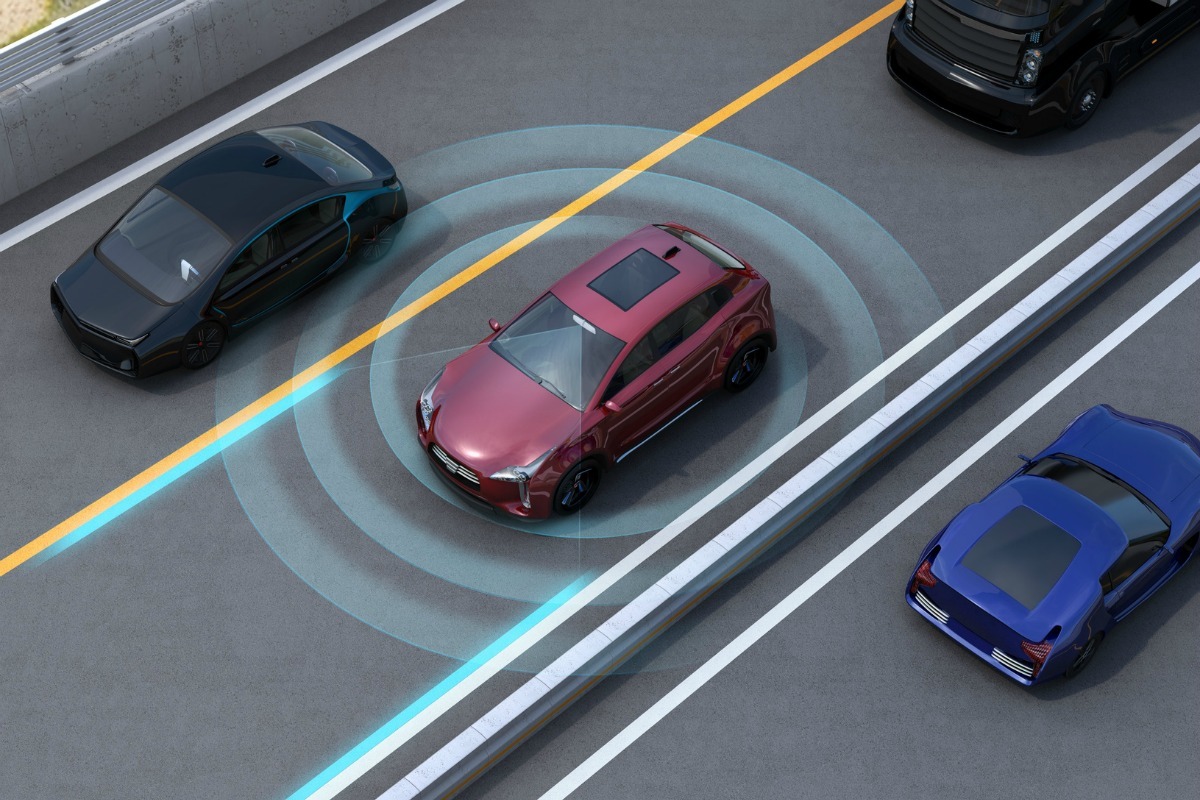We are becoming more and more interconnected to each other and to the technologies surrounding us. Since, digitalization is being used to address the various problems of contemporary megatrends, in particular: urbanization, globalization, the aging of society and environmental sustainability.
Progress in digital technologies has changed practically every facet of society, especially social media, mobile technologies and analytics. Furthermore, digitalizing urban mobility enables people to access city resources, which shapes our daily understanding of the cities and societies we live in.The mobility of the future will be predominantly digitally networked. This trend is irreversible. There is an enormously high potential in all modes of transportation to significantly relieve consumers, the environment, infrastructure and resources in the future by relying on digital solutions.
Among contemporary consumer megatrends such as: ownerless, simplicity, digital as well as eco-lifestyles, are fostering major changes in the mobility sector. This encourages a new range of mobility solutions to fulfil mobility demands.
The 3 forms of mobility solutions that are being promoted by the integration of digital technologies are: car sharing, bicycle sharing and intermodal transportation. Advances in digital technologies allow for greater processing power in smaller mobile devices by combining the use of GPS and Internet technologies.
On the individual mobility side, thanks to new apps and platforms with your smartphone, you can always receive comprehensive information for planning your journey including information on traffic flows in real time.
On the logistics side, thanks to improved and faster information about the traffic situation or weather conditions, enterprises are already permanently optimising their capacity, route planning, costs and emissions.;

Intelligent mobility infrastructure means implementing wireless access technology mobile environments to facilitate the sharing of information between moving vehicles and the road or traffic systems. Faced with the many challenges of an ever more digital world, old infrastructures policies must be upgraded. This includes integrating digital technologies to develop new urban mobility concepts and solutions.
We note three forms of intelligent mobility infrastructure: vehicle-to-infrastructure communication, intelligent traffic systems and vehicle-to-grid.
Digitalization enables safety-related, real-time, local and situation-based services aiming to improve road safety through the provision of timely information to drivers.
Soon, we will notice increased behavioral changes not only in terms of mobility but also in terms of energy consumption. Electric mobility will rise as an alternative to traditional combustion engines. As a result, the fields of energy and mobility are becoming more intertwined with each other.
Digital technologies play an important role by providing electric vehicle drivers with data regarding trips, driving patterns, battery conditions, and public charging stations. With this wide array of information, it is possible to reduce both the charging costs as well as general energy costs, to a certain extent.
Parking digitalization is also essential for a sustainable urban mobility system. Parking management systems are now being incorporated to better manage supply and demand without detrimental effects, air quality improvements and reduce carbon emissions while keeping equal access to the city functions. New apps, sensors and algorithms allow for improved routing to empty parking spaces and payments. Renting and leasing out parking spaces is now easier than ever.

For an enhanced mobility experience, there needs to be more comprehensive, reliable data from vehicles and infrastructures. Digitalisation provides users with a seamless, safer and more flexible mobility experience.
We can retain three concepts that represent how digital technologies enhance the mobility experience: intra-vehicle communication, vehicle-to-vehicle communication, and autonomous vehicles.
Intra-vehicle and vehicle-to-vehicle communication consist of intelligent systems for detecting both the driver’s behavior (fatigue and drowsiness) as well as the vehicle’s own performance, which are critical for driver and public safety. Such systems are being developed at an ever-faster rate as driver behavior detection systems are steadily improving. These intelligent systems also incorporate alarms that interact with other vehicles through wireless technologies to assist drivers by providing cooperative information on traffic warnings and reports.

Autonomous vehicles can plan directions and execute them without human intervention. These vehicles hold the potential to expand road network capacity, increase safety, and reduce driver workload. This development will also contribute to giving a completely new meaning to the concept of mobility, because owning or driving a car might not be as important as getting from point A to point B. Much more research is needed to understand the impact of such mobility changes, particularly for the automotive industry that might be facing disruption through the digitalization of its products.